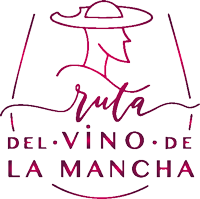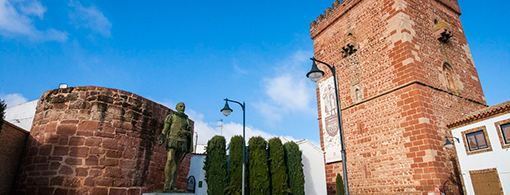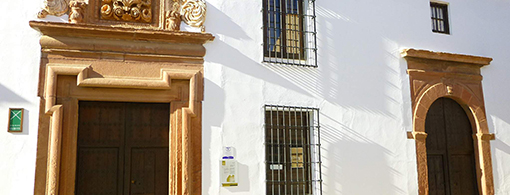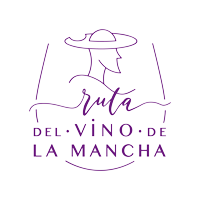Museo Casa del Hidalgo

Museo Casa del Hidalgo
The Museum exhibits original pieces of great value, donated by important spanish museums (Museo del Ejército, Museo Nacional de Artes Decorativas, Museo de Santa Cruz, among others).
The visit is organised on two floors with different rooms on each floor.
The hidalgos were the first step on the ladder of nobility. Hidalgo was anyone who was required to be a “Son OF SOMETHING”, or rather, of someone who had distinguished himself by his works or position. The hidalguía, however, could also be achieved through merit. During the Middle Ages, they were heavily involved in the wars of the Reconquest.
With the fall of the Kingdom of Granada, they left behind their military past to adapt to the new times.
The Catholic Monarchs opened them the doors of the civil service and the magistracy. The hidalgos families provided their sons with an exquisite education, with lessons in fencing, music, dance and rhetoric, to ensure their entry into the army, the clergy or the administration.
In Alcázar hidalgos are dated from the 15th century.
As the warmer months of the year approached, the life of the houses of the hidalgos moved to the patio, the noblest space in the house from an architectural point of view. Here the family gathered to take refuge from the heat and noise of the street, and daily activities took place. So it became a dining room, a playroom and a workplace. The fountains, plants, wells and shadows cast by the awnings created a fresh and relaxed atmosphere, perfect for relaxation and conviviality, making this space the favourite corner of La Mancha’s houses.
The Aljibe: this underground water tank is hidden under the kitchen of the house. It was initially designed as a cooler to store food but was later remodelled to store rainwater collected from the patio. With the addition of a masonry wall, it was possible to obtain water for drinking purposes of higher quality than that from the well extraction system, which had a high saltpetre content.
Location
Useful information:
- Address: Cautivo Street, 24-26, next to the Plaza de España | Alcázar de San Juan
- Opening hours: Thursday to Sunday mornings from 10:30 a.m. to 1:30 p.m. and in the afternoons in summer from 5:00 p.m. to 8:00 p.m. and in winter from 4:00 p.m. to 7:00 p.m.
- Price: Single ticket: 3,60€
- There are discounts for children under 12 years old, unemployed, residents of Alcázar, retired people and disabled people.
- Groups: special discounts, by prior appointment at the Tourist Office
- Guide service: Ask at the Tourist Office (926 55 29 68)
- Contact: Alcázar de San Juan Tourist Office









